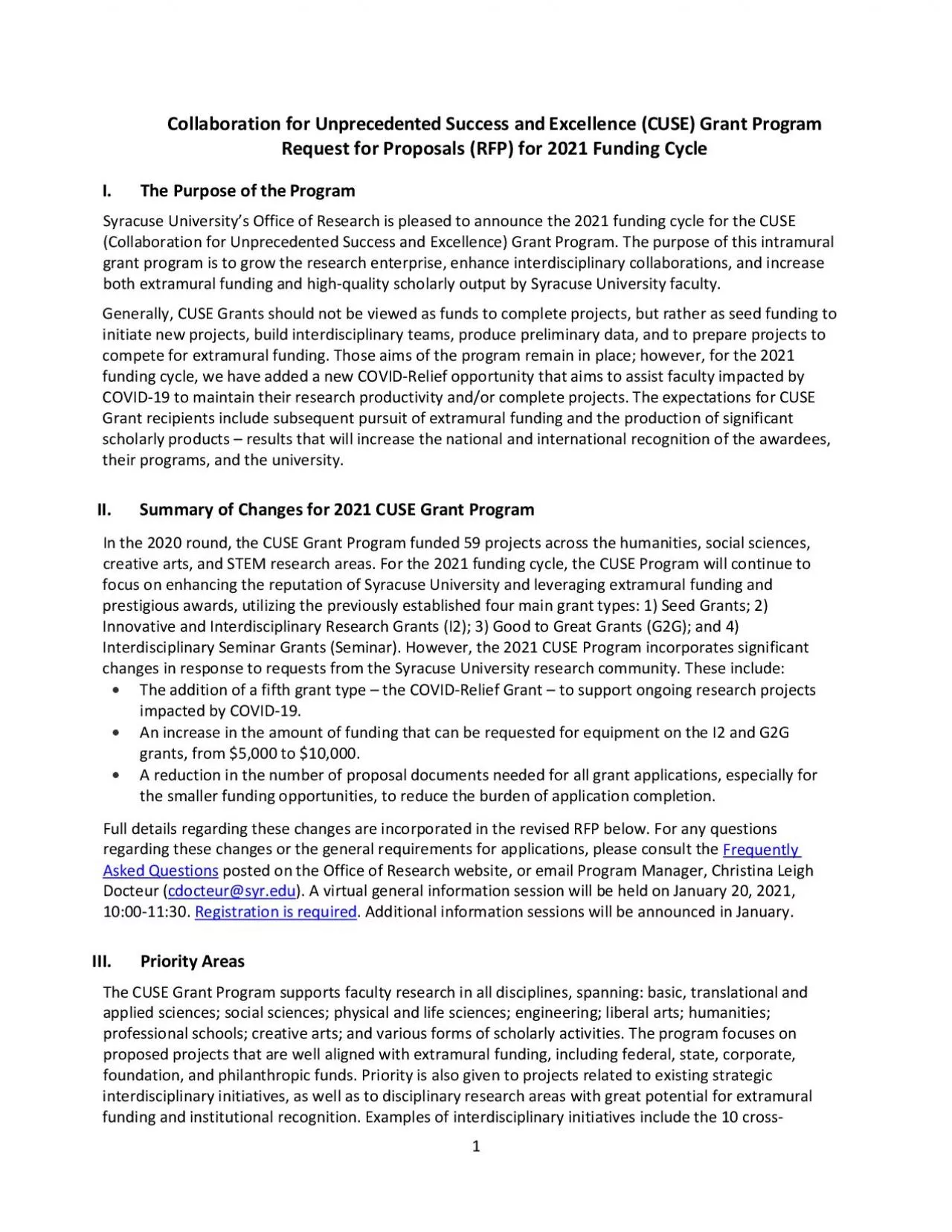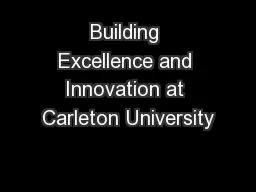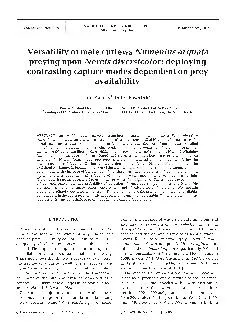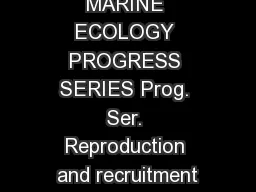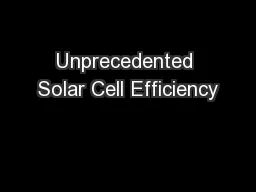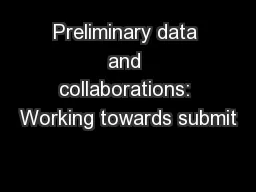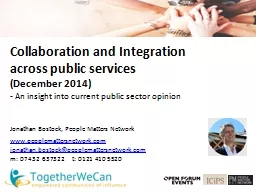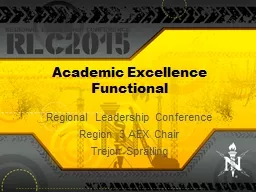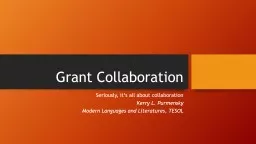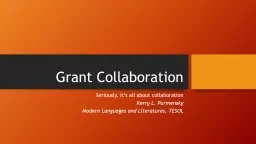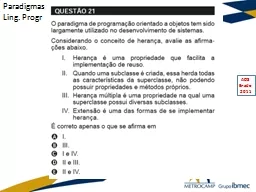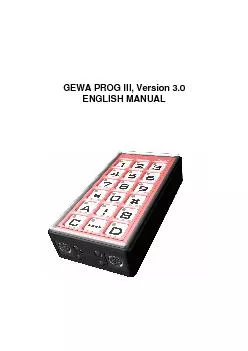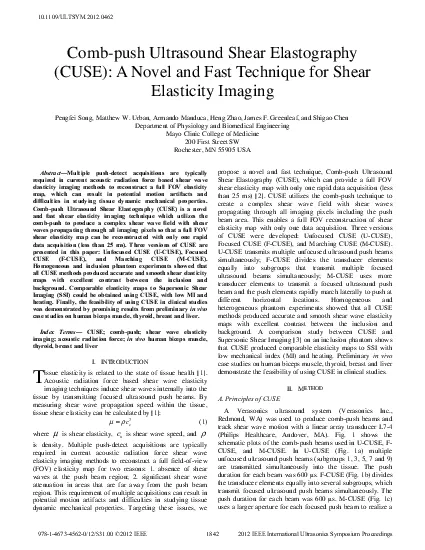PDF-Collaboration for Unprecedented Success and Excellence CUSE Grant Prog
Author : blanko | Published Date : 2021-08-15
1Frequently Asked Questionsposted on the Office of Research website or email Program Manager Christina Leigh Docteur virtualgeneral information session will be held
Presentation Embed Code
Download Presentation
Download Presentation The PPT/PDF document "Collaboration for Unprecedented Success ..." is the property of its rightful owner. Permission is granted to download and print the materials on this website for personal, non-commercial use only, and to display it on your personal computer provided you do not modify the materials and that you retain all copyright notices contained in the materials. By downloading content from our website, you accept the terms of this agreement.
Collaboration for Unprecedented Success and Excellence CUSE Grant Prog: Transcript
Download Rules Of Document
"Collaboration for Unprecedented Success and Excellence CUSE Grant Prog"The content belongs to its owner. You may download and print it for personal use, without modification, and keep all copyright notices. By downloading, you agree to these terms.
Related Documents

